The rapid advancement of emerging technologies is transforming how brands engage with their audiences, offering richer interactions, enhanced experiences and deeper connections. This shift is largely fueled by the exponential growth of computing power that is also known as Moore’s Law. This unprecedented growth is completely revolutionizing the landscape of branding and design. In this article, we will explore 5 key innovations that are revolutionizing how consumers interact with brands. From how they engage with their favorite brands, to how they search, shop, and use products in their everyday lives.
1.) Personalization
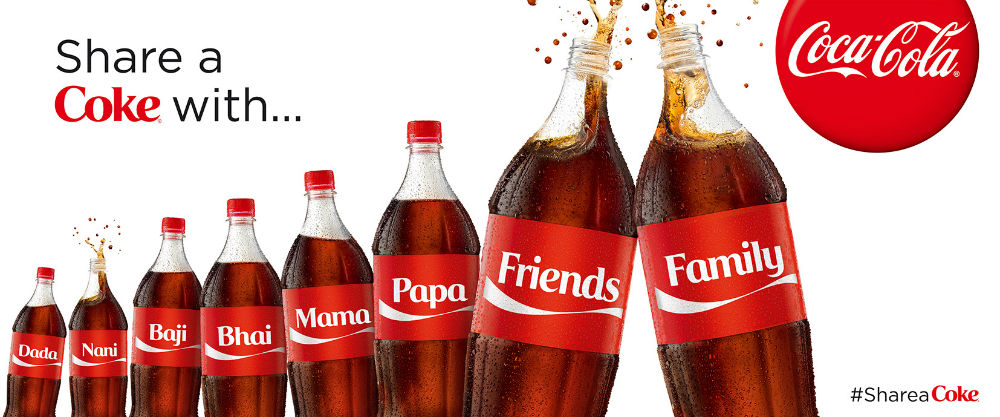
The Future of Branding is Personal
The future of branding is becoming more and more personal. Personalization is a data-driven approach to branding, advertising, and experience. It refers to brands tailoring the messaging, product, or experience based on the individual needs, behaviors and preferences of each consumer.
The age of mass advertising with one-size-fits-all messages is slowly dying. In the future of branding, brands will have to explore more creative ways to custom tailor their experience, campaigns, software, and products to stay relevant to each individual.
Personalization vs Mass-Customization
However, personalization is not to be confused with mass-customization, although they are quite similar. The former is more focused on tailoring content and experiences to create more unique and relevant interactions while the latter is more focused on giving customers the option to tailor their products to their specific needs and preferences before purchasing. Some examples are NikeID and Printful.
However, some brands are coming up with creative ways to leverage both tactics effectively. One example is the “Share A Coke” campaign by Coca Cola which was very successful in connecting with people on a personal level by allowing them to purchase bottles with individual names rather than the traditional Coke label. These names were not based on personal names that were provided. Instead they were based on popular names and nicknames that were chosen by the brand. This allowed them to add a touch of personalization and create a sense of customization without having to collect names and produce custom labels for each specific customer.
The Internet of Things (IoT)
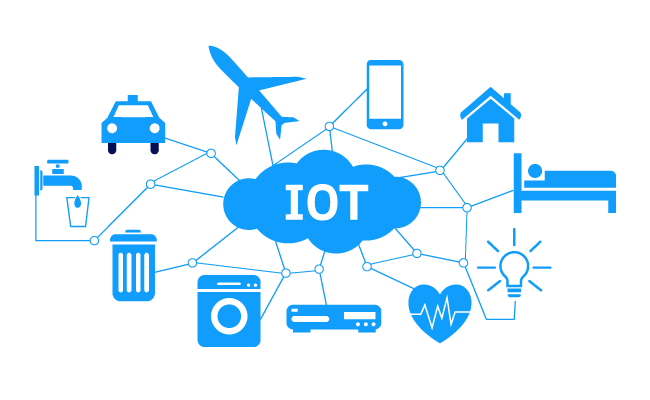
Products Are Becoming Smarter
The way we interact with technology, as well as everyday items, is also changing with the global adoption of IoT technologies. In the 2nd wave of the internet we saw the rise of search engines, social media platforms, and ecommerce. But in this 3rd wave of the internet that we are currently in, the internet becomes more deeply integrated into our everyday lives and we see the rise of technologies like IoT.
The Internet of Things will allow for richer and faster connectivity as everyday objects and systems will become smarter and connected to the internet. Business Insider also predicted that by 2023 over 40 billion IoT devices will be installed globally by brands, governments and consumers. IOT will also merge with AI and machine learning to better process and utilize the acquired data. By embedding chips and sensors in everyday items, brands can receive real-time updates and feedback on how users interact with their products. This data can be used to further optimize and enhance the products over time. Everyday items will also be able to communicate with each other and transmit data to the broader Internet of Things platform. IoT is slowly becoming widely adopted into our everyday lives and will be more mainstream in the near future. It will also lead to new questions and concerns about data privacy, ownership, and security. These potential concerns highlight the need for stronger regulations, better security precautions and more public awareness to ensure the safe and responsible development of IoT technologies.
3.) Voice Technology
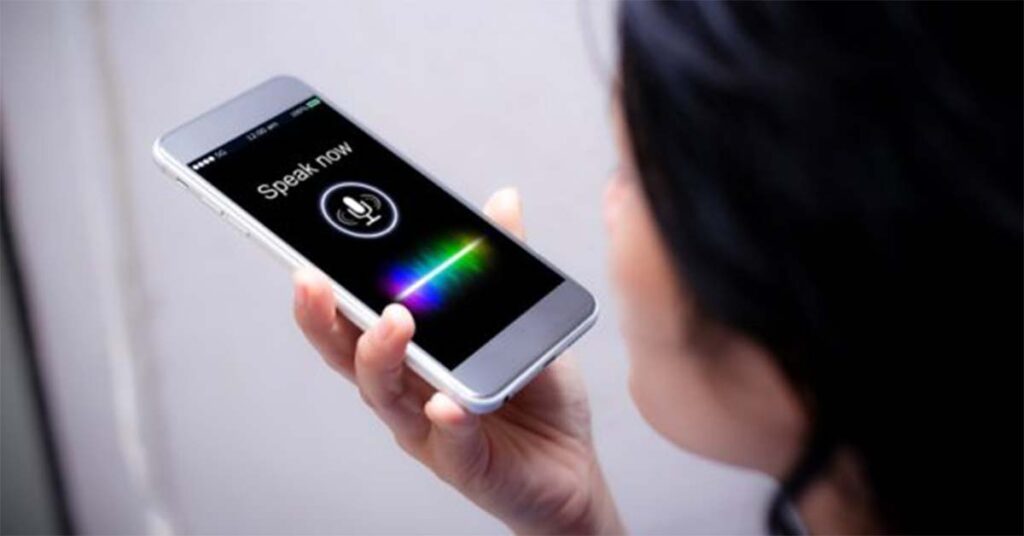
Image source: technofaq.org
The Widespread Adoption of Voice
Another growing trend is the adoption of voice search. In fact, research by Comscore predicted that by 2020 half of searches will be happening through voice. Although this prediction was not fully accurate, we do know that voice search has grown significantly, especially among younger consumers who are slowly transitioning from traditional texting and typing to voice in order to search for a product or brand. According to yaguara.co, 58% of consumers reported using voice to search for a local business. Also, according to Statista, 75% of households are expected to own a smart speaker by 2025.
As more and more searches are happening through voice, brands will have to adapt their messaging to emerging voice technologies that will also become more mainstream in the near future.
4.) New Design Realities
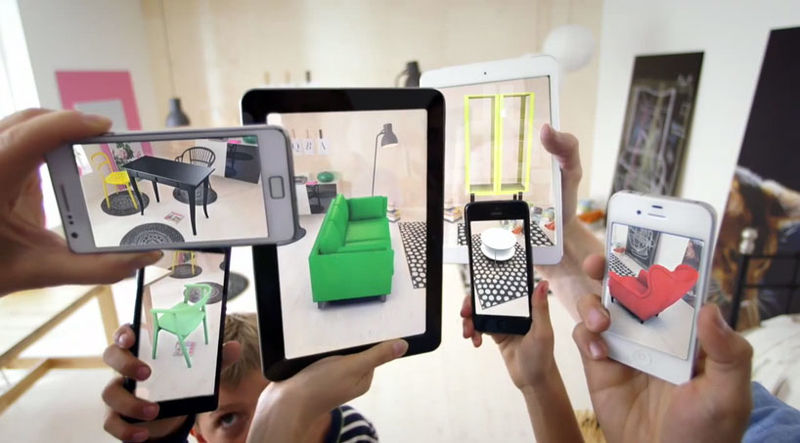
Blending The Virtual Experience with The Physical Environment
The widespread adoption of Virtual Reality and AR will also revolutionize how we shop and interact with brands, especially in the world of retail and ecommerce which is growing rapidly.
New design realities are gradually becoming a part of our everyday lives and bridging the gap between the virtual experience and physical environment. Imagine being able to experience how a product will look in your room before purchasing it online or trying on a product using augmented reality or a 3D model of yourself.
One example is IKEA which has been experimenting with augmented reality since 2013. The retail giant recently expanded into the world of virtual reality with their new HTC Vive Application that allows people to experience the retail shopping environment through virtual experience. Shopify, the ecommerce giant, has also been experimenting with possibilities of 3d models of products online that can be rotated or previewed in your living room using augmented reality.
5.) Generative Design
What is Generative Design?
This is another emerging approach to branding, design, and experience that utilizes creative algorithms to generate dynamic designs and experiences based on a predefined set of parameters and constraints. This extends into a broad range of interactions from identity systems to interactive installations.
With this emerging technique, there is more room for creative exploration. Brands can become more like living organisms that can adapt to changes in their environment or an entire ecosystem with the user at the center. It can also allow designers to create more robust visual identities with multiple iterations while maintaining a consistent visual language. Generative design opens the doors to even more forms of creative visual expression and brand experience that is also backed by data.
Examples of Generative Design
One example was the Squarespace visual identity that was developed by DIA, a branding agency in NYC that specializes in Kinetic identities. It was developed using a generative system but inspired by the heritage of New York City.. You can click here to learn more.
Another example was the identity design for BRUTE, the wine estate brand, which is made up of real-time particle simulations of weather in the vineyard. You can click this link to view the case study. The system was developed by generative designer Patrik Hübner who also developed an interactive branding system for Schwanensee using motion capture data. You can click this link to take a look at the case study on Behance
How Else Do Brands Leverage Data?
In the world of media architecture, brands are also leveraging data to influence the design, functionality, and interactivity of media installations and structures. Through data-driven media architecture, brands can create more engaging and memorable experiences that enhance the physical environment. Although media architecture is not classified as a form of generative design, it still incorporates some of the same elements of generative design, such as the use of algorithms to create interactive and dynamic experiences.
“We transform media from one medium into another one and in the process tell new stories and find new interesting things hidden within. So Big Data can become a sculpture, or maybe music or sound could create architecture..”
~ Patrik Hübner
In Conclusion, The future of branding is more personal, data-driven, dynamic, and interactive. Consumers are constantly adapting to new technologies and brands are trying to explore more creative ways to leverage these new innovations to create more meaningful experiences, products and interactions. Think about what key trends can you leverage in your business to give your brand a greater competitive advantage. If you enjoyed this article you might also like to learn more about the 6th trend that is shaping the future of branding which is the change to subscriptions.
Don't Forget to Share or Subscribe!
Get Your Free Download! Delivered to Your Inbox.
5 Branding Mistakes to Avoid
Learn about the 5 Branding mistakes that business owners can avoid.


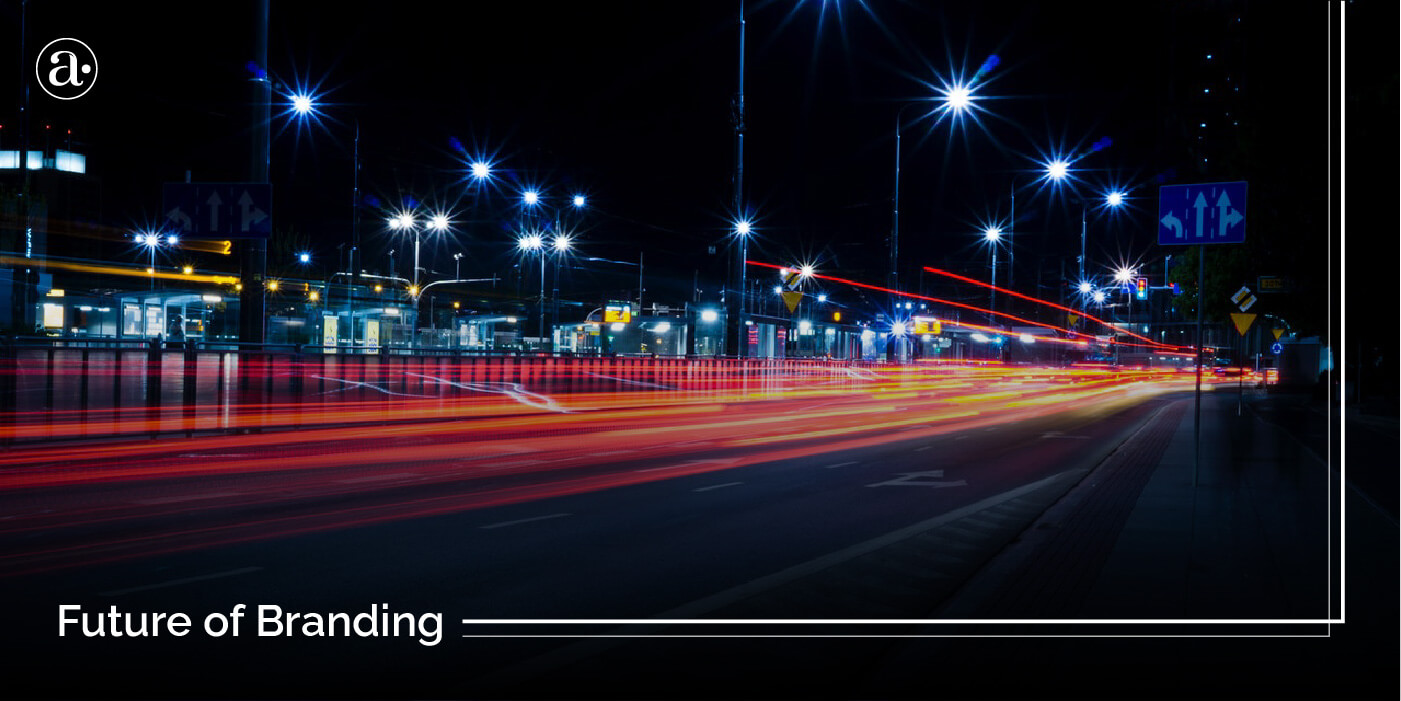




One Response